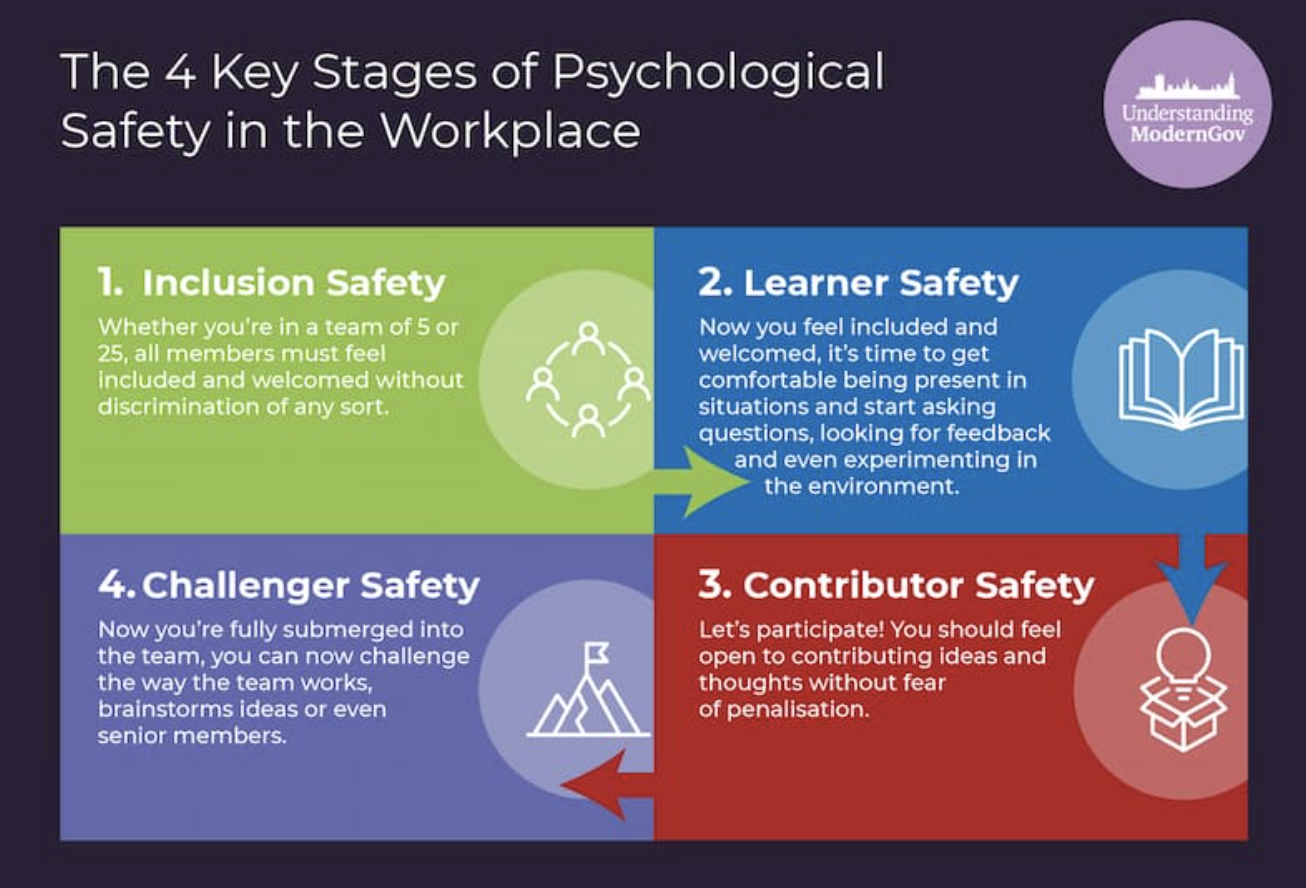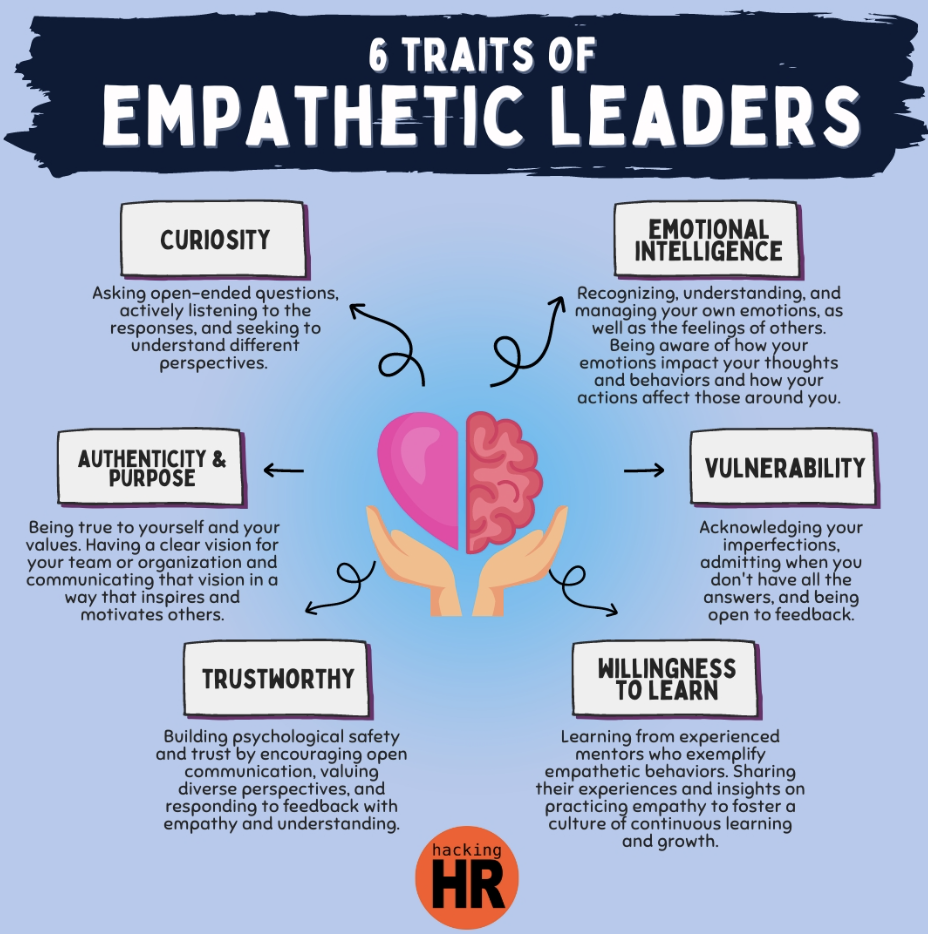 Book Now!
Book Now!Leadership today requires more than just a strong strategy. It calls for emotional intelligence, psychological safety, and the capacity to respond to people with care. Managers who lead with empathy are better equipped to support their teams, reduce burnout, and build stronger organizational culture.
As a mental health practitioner and art therapist, I work with individuals navigating workplace stress, trauma, and disconnection. Many of them perform well externally while feeling isolated or misunderstood by leadership. This disconnect often reflects a gap in emotional literacy. Empathy is not optional for modern leadership. It is a skill that supports wellbeing, improves collaboration, and shapes the long-term success of a team.
According to Mind Share Partners’ 2021 Mental Health at Work Report, 76 percent of employees in the United States reported experiencing at least one symptom of a mental health condition in the past year. However, only 49 percent felt comfortable speaking to their manager about it (Mind Share Partners, 2021)
Avoiding these conversations may feel safer in the short term, but it creates a culture of silence and mistrust. When employees do not feel safe discussing stress, grief, anxiety, or neurodivergence, their engagement and productivity decline. Avoidance also reinforces the harmful idea that mental health should remain hidden in professional settings.

(Modern Gov, 2022)
Empathy is not an abstract ideal. It is a practical leadership skill that can be developed over time. Below are five strategies every manager can adopt to lead with compassion and clarity:
1. Active Listening
Many leaders listen with the intent to solve, rather than understand. Active listening requires presence, patience, and a willingness to pause. Simple reflections like, “Thank you for sharing that,” or “That sounds really tough,” can validate a team member’s experience without rushing into problem-solving.
2. Naming Mental Health as a Workplace Priority
Talking about mental health should not be limited to annual awareness days. When leaders speak openly about stress, uncertainty, or the importance of self-care, they model safety. Even small disclosures can open space for others to do the same.
3. Respecting Autonomy and Boundaries
Supportive leadership is about asking, not assuming. Managers should check in with curiosity, offer resources, and honour the confidentiality of personal information. Consent-based conversations lead to stronger relationships and reduce the risk of harm.
4. Recognizing the Signs of Distress
Not all mental health concerns are visible. Changes in mood, behaviour, energy, or communication may signal that someone is struggling. Managers can learn to recognize subtle signs and check in without judgment or pressure.
5. Connecting to Resources
Every leader should know what internal and external mental health supports are available. Whether it’s an Employee Assistance Program, extended benefits, or access to community counselling, providing pathways to care is one of the most practical forms of leadership support.
Psychological safety - the belief that it is safe to take risks, speak honestly, and make mistakes - is a foundation for innovation and trust. In Google's Project Aristotle, this was identified as the most significant factor among five key team dynamics (Google Re:Work, 2024). That guide offers actionable steps to build empathy, trust, and open communication in teams.
Leaders who respond with empathy play a critical role in cultivating this kind of safety. When a manager listens without judgment, validates a team member's perspective, or offers flexibility in response to stress, they interrupt the nervous system’s stress response. Over time, these small acts of care reshape team dynamics. Employees feel more confident sharing ideas, asking questions, and taking healthy risks. They also report higher levels of engagement, morale, and collaboration. Simply put, teams do better when people feel safe enough to show up fully.

(Hacking HR, 2024)
Empathy is a necessary skill that shapes how teams function, how trust is built, and how people stay engaged. When leaders develop emotional intelligence, hold space without judgment, and respond with clarity and care, they create environments where people are more likely to grow, stay, and contribute meaningfully.
Supporting mental health at work is not about being perfect. It is about showing up with presence, consistency, and a willingness to learn. A workplace that centres psychological safety is not only more ethical, it is also more effective, more resilient, and more deeply connected to the people it serves. If your organization is exploring ways to centre mental health and empathy in leadership, reach out to learn more about our workshops, trainings, and custom programs.
This blog post was written in collaboration with Samantha Shakira Clarke, who is a leader in creating powerful spaces for equity, mental health, and embodied transformation in the workplace. If your team is ready to engage more deeply with diversity, equity, and inclusion, consider working with SSC and our dynamic network of professionals.